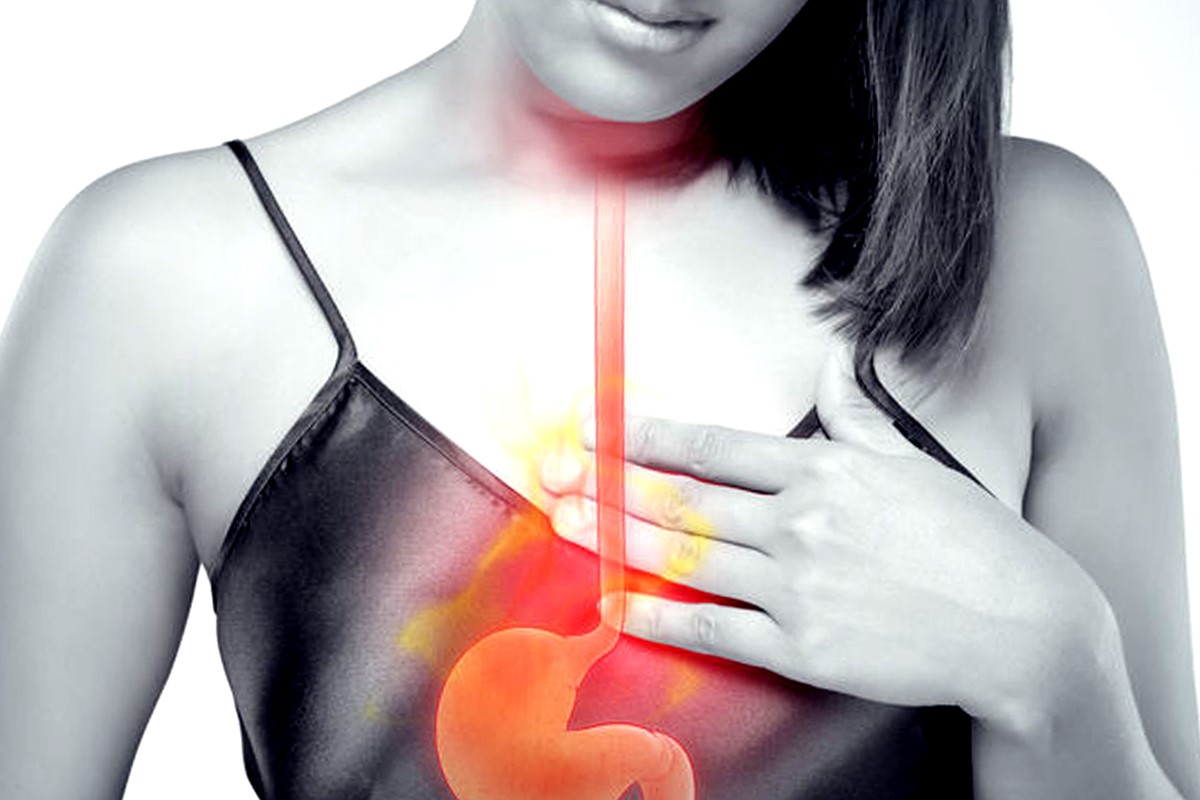
Eosinophilic oesophagitis: how to recognise it and how to treat it
Eosinophilic oesophagitis (EoE) is a chronic, immune- or allergen-mediated inflammatory disease characterised by symptoms of oesophageal dysfunction
It is still a rare disease, but with a steadily increasing incidence and prevalence.
The incidence of eosinophilic oesophagitis
Eosinophilic oesophagitis, an inflammatory disease of the oesophagus, was recognised as a disease entity in the early 1990s and, since then, the incidence has increased from 1 case per 100,000 patients to around 10 cases per 100,000.
It appears that approximately 12% of patients who undergo endoscopic examination for dysphagia or bolus arrest in the oesophagus are diagnosed with eosinophilic oesophagitis.
It is a condition that predominantly affects the male sex.
Symptoms of eosinophilic oesophagitis
In adults, the symptoms are
- dysphagia, i.e. the sensation of improper progression of food into the oesophagus, mainly for solid food;
- sensation of stopping the swallowed bolus, which may sometimes necessitate medical intervention.
Non-specific symptoms are often concomitant in patients that sometimes make diagnosis complicated, such as:
- regurgitation and retrosternal burning (i.e. gastro-oesophageal reflux symptoms)
- abdominal pain;
- dyspepsia or digestive difficulties.
The causes of eosinophilic oesophagitis
Eosinophilic oesophagitis is an immune-mediated disease, i.e. caused by the immune system reacting abnormally to certain stimuli, which are still not fully understood.
The main cause appears to be a localised immune reaction in the oesophagus in response to the ingestion of certain allergens present in certain foods and/or inhaled substances.
This reaction results, in predisposed individuals, in chronic inflammation of the oesophagus wall with the accumulation of immune cells, called ‘eosinophils’, in the wall of the organ.
However, there seems to be a genetic and a hereditary component to the disease.
Very often, patients with this condition have other allergic disorders, such as allergic rhinitis or atopic dermatitis.
The diagnosis of eosinophilic oesophagitis is guided by:
- symptomatology present in the patient;
- performance of a gastroscopy, which allows direct visualisation of the oesophagus and any signs of pathology.
The definitive diagnosis, however, can only be histological, by studying under the microscope small fragments of the oesophageal wall, taken during gastroscopy, in search of eosinophils.
The rarity of the disease, its recent recognition as an entity in its own right, combined with patients’ reduced awareness of the symptoms, make the so-called ‘diagnostic delay’ a real problem, sometimes reaching years between the onset of the first symptoms and the actual diagnosis.
This can lead to an already severe oesophageal picture at diagnosis, complicating the therapeutic approach.
The treatment of eosinophilic oesophagitis involves several levels of therapy:
- acid secretion inhibitors’ drugs, the same as those used in gastro-oesophageal reflux disease, at different dosages and times;
- formulations of cortisone derivatives, with potent anti-inflammatory action, but designed to act exclusively at oesophageal level, thus with minimal side effects;
- ‘biological drugs’, which are still undergoing trials despite encouraging preliminary data, only in the most complicated cases with advanced disease;
- dietary/nutritional approach, a very important therapeutic alternative, especially in younger patients.
There are so-called ‘elimination diets’, aimed at eliminating macro-foods (wheat, soya, eggs and others) in order to highlight which one triggers the disease.
For this reason, a nutritional assessment is of primary importance in the approach to this disease.
Read Also:
Emergency Live Even More…Live: Download The New Free App Of Your Newspaper For IOS And Android
Oesophagitis: Symptoms, Diagnosis And Treatment
Asthma, The Disease That Takes Your Breath Away
Gastroesophageal Reflux: Causes, Symptoms, Tests For Diagnosis And Treatment
Global Strategy For Asthma Management And Prevention
Paediatrics: ‘Asthma May Have ‘Protective’ Action Against Covid’
Esophageal Achalasia, The Treatment Is Endoscopic
Oesophageal Achalasia: Symptoms And How To Treat It
Eosinophilic Oesophagitis: What It Is, What The Symptoms Are And How To Treat It
Gastro-Oesophageal Reflux: Symptoms, Diagnosis And Treatment


